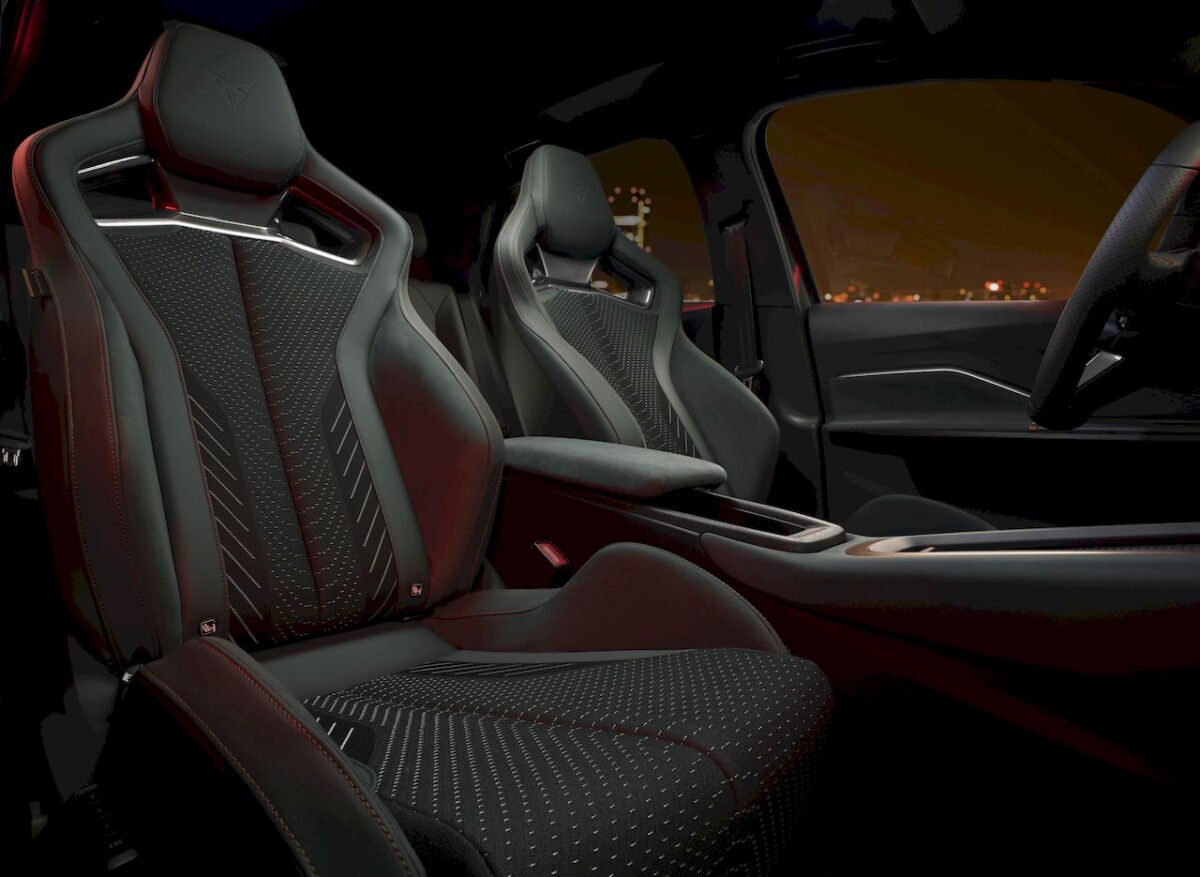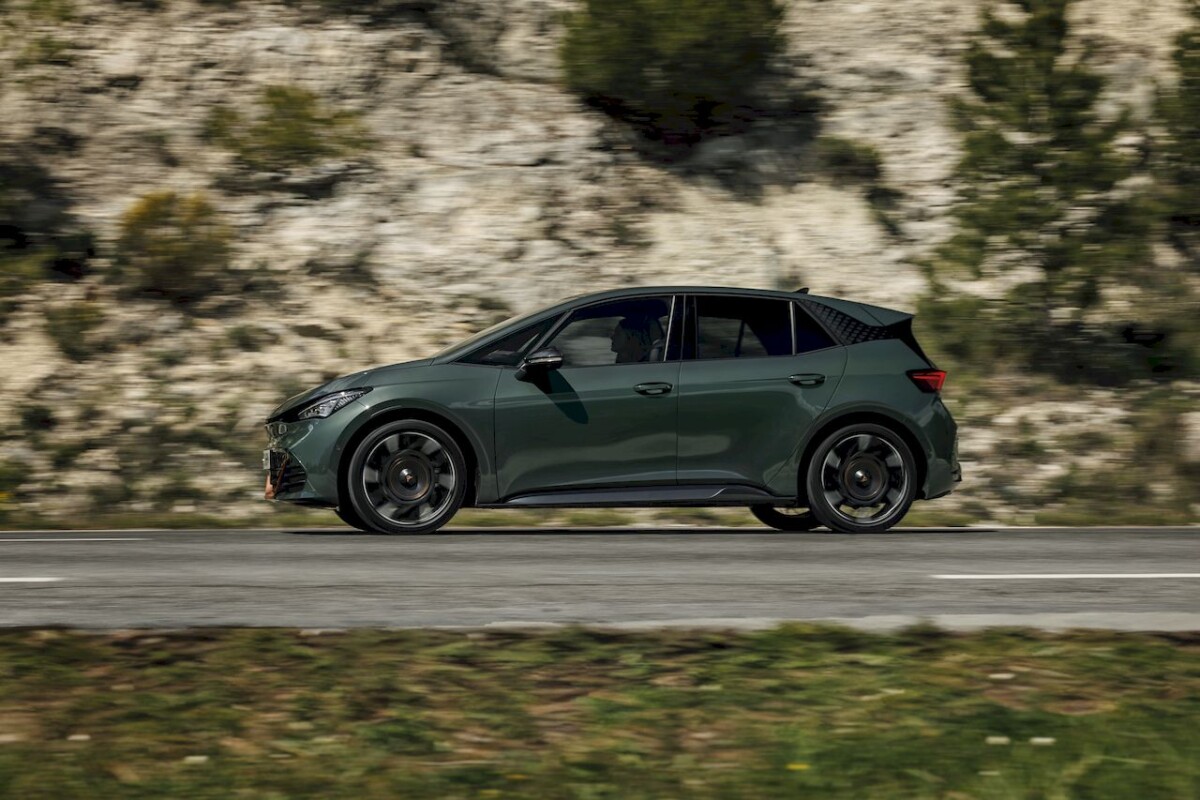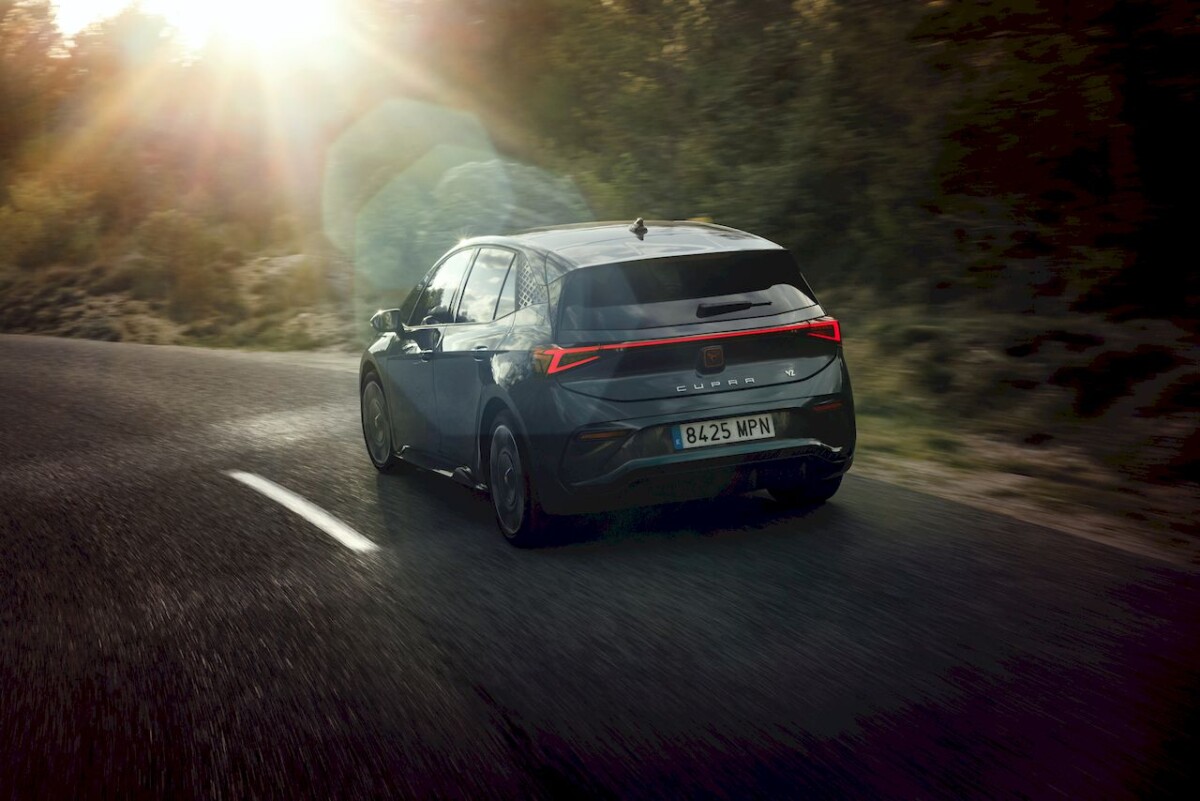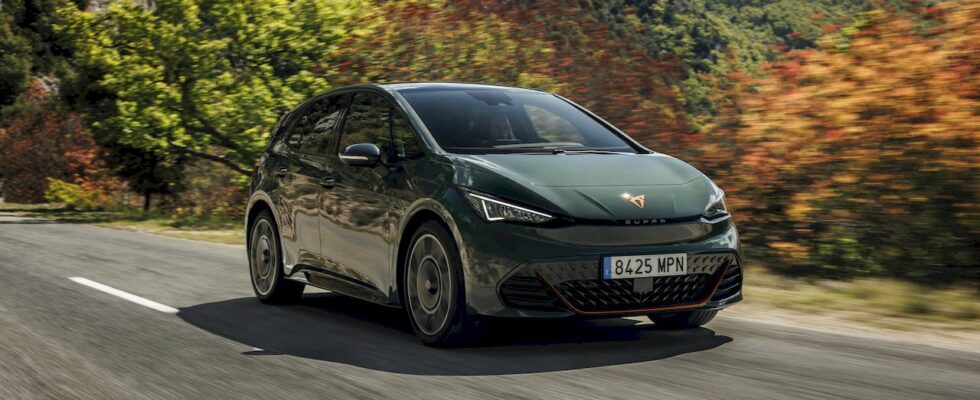An electric car with more than 300 hp was, at the beginning, a marketing argument for manufacturers who were entering the world of electric vehicles that was still little known to customers. On paper, it’s impressive since, to put things in context, 300 hp is also the power of a thermal Audi S3, or even a Cupra Leon, models that have become inaccessible due to the ecological penalty. .
Electricity has, in a way, democratized this profusion of power. The best example is undoubtedly the Tesla Model S Plaid which certainly costs more than 100,000 euros, but which develops 1,020 hp. To have the right to a thermal car with this power and performance, you have to pay at least eight or even ten times more.
With the advent of electricity in recent years, we have seen manufacturers return to more consensual powers, similar to their thermal counterparts, as evidenced by the new Renault 5 E-Tech whose power levels are almost modeled on the Clio. Logically, when an electric car comes out with more than 300 hp today, we come back to rather strong figures, and the brands play again on the sporty side.
This is particularly the case with the Cupra Born, technical cousin of the Volkswagen ID.3, which recently received a sports version called VZ and which we went to test near Barcelona, on the grounds of Cupra, in Spain.
Technical sheet
| Model | Cupra Born |
|---|---|
| Category | Sedans |
| Power (horsepower) | 204 horsepower |
| 0 to 100km/h | 7 sec |
| Level of autonomy | Semi-autonomous driving (level 2) |
| Car side socket | Type 2 Combo (CCS) |
| Price | €44,500 |
Product sheet |
Test carried out as part of a test organized by the manufacturer.
Design: nothing new under the sun
Aesthetically, the Cupra Born VZ stands out with the addition of two new 20-inch forged rims allowing a weight saving of 3 kg per wheelas well as distinctive details such as the VZ logo and two new colors: “Esterel Green” (only for the VZ version) and “Minuit Black”.
As a reminder, the Cupra Born is a rather large compact for its segment, with a length of 4.32 meters, or 6 centimeters more than the Volkswagen ID.3. It boasts a width of 1.81 meters, a height of 1.54 meters and a wheelbase of 2.77 meters, which is, within a few millimeters, the same dimensions as the ID.3.
Interior: some additional eccentricities
Inside, the sporting atmosphere is palpable with the introduction of new “Cup Bucket” seats as standard, rather aesthetic and which are really well integrated into the sportier atmosphere of the car. The backrests are not made of carbon, but of linen fiber for the “eco” side.
The paddles on the steering wheel make it easy to control the braking energy recovery system, and will perhaps bring back good memories to those who used the paddle to shift gears on their old thermal cars. Times change, and so do pleasures.

The materials selected are of quality and a little more original than on board the ID.3, including door panels with 3D patterns, or the presence of a central console which gives a more “cocoon” appearance once once installed on board, where the ID.3 prefers to leave a large empty space.
Concerning space on board, the Cupra Born is larger than the ID.3, but gives less of an impression of space. However, the Born does not lack volume, with roominess worthy of the upper segment and a rather comfortable rear seat for transporting two passengers, and even a third thanks to the absence of a transmission tunnel which usually hampers legroom. .
Finally, regarding trunk volume, the Cupra Born is exactly like the ID.3, with a volume of 385 litersand which can increase up to 1267 liters once the rear seat is folded.
Infotainment: everything you need
The Born VZ benefits from a new infotainment system with a 12.9 inch screen (+0.9 inch compared to the current Born) and includes a new backlit touch bar, which allows you to directly adjust the air conditioning and volume. This is the same system found on the restyled Volkswagen ID.3.
The touch screen, compatible with Apple CarPlay and Android Auto, does not benefit from exceptional graphic quality, but the menus are rather pretty although quite poorly laid out, you get lost very quickly with a multitude of sub-menus to manage different functions, starting with ventilation.

Even if the infotainment system suffers from complicated ergonomics, the menus are very numerous and rather practical, particularly those linked to electrification, including charging planning during your long journeys via GPS. A voice control system, which can be called with the keywords “hola, hola”, is also included.
Driving aids: copied and pasted
Like its ID.3 cousin, the Cupra Born benefits from a particularly comprehensive catalog of driving aids, with predictive adaptive cruise control, the sign reading system, the blind spot detector and even the rear view camera. 360°.

The car can also be connected with urban infrastructure, if they are also connected obviously, but also with other cars thanks to the Car2X function. The technology does not use the cell phone network, meaning it provides extensive coverage within system boundaries.
Driving: dynamic, but certainly not sporty
Under its hood, it houses an electric powertrain capable of delivering 325 horsepower and 545 Nm torque. Against 204 hp and 310 Nm of torque for the old version, thanks to the new AP550 engine. Reading the technical sheet, the performance seems just OK. The brand announces 5.7 seconds for the 0 to 100 km/h exercise (small, less powerful GTIs do just as well) and 200 km/h top speed (+40 km/h compared to a 230 hp Born).

In addition to the extra horsepower, engineers revised the suspension to make it slightly firmer. At the rear, the Cupra Born VZ is equipped with new shock absorbers and new springs combined with optimized front damping settings as well as new anti-roll bars. Enough to make the behavior of the car more dynamic, but also more comfortable by improving the filtration of roughness in the road, again according to the engineers.
Above all, the good idea was not to graft a second electric motor onto the front axle to increase power and, above all, make it heavier. Because for a sporty compact with lightweight rims, weight is not its strong point: Cupra announces 1,999 kg on the scale.

325 hp on the rear wheels alone is obviously desirable, especially on the pretty roads of the Barcelona hinterland. At the slightest request on the right pedal, it is clear that it sends, particularly from 0 to 50 km/h, while the cornering behavior is rather healthy, even if we would have liked the car to be less lazy when going around when the wheels are still slightly turned. We’ll come back for the nice slides, especially since the electronic crutches are a little intrusive.
Work on controlled damping suspensions adjustable to fifteen levels is still excellent within the Volkswagen group, with the possibility of having a car that is truly comfortable on a daily basis, and better maintained during dynamic driving. Today, no one does better in this range.
Autonomy, battery and charging
And in terms of autonomy, unlike performance, it’s not bad for a vehicle advertised as sporty. The Cupra Born VZ is capable of traveling between 508 and 599 km according to the WLTP cycle (this depends on the options chosen). The battery has also been improved and now offers a net capacity of 79 kWh (+2 kWh).

The battery can be charged at home using an 11 kW alternating current wallbox allowing you to go from 0 to 100% in 8.5 hours, or at a fast direct current charging station of 185kW allowing to pass from 10 to 80% in 26 minutes. Even though the car is only three years old, it is already starting to “suffer” from its slightly aging architecture when it comes to recharging, with most competitors, particularly Asian ones, doing better at this level.
For our part, despite rather dynamic driving on winding and rough roads, consumption has not necessarily increased that much, with 23 kWh/100 km (around 380 km of autonomy at this speed), but some of our colleagues who had a lighter foot managed to drop below 17 kWh/100 km (around 470 km of autonomy). Not bad for a dynamic car.
Price, competition and availability: few rivals
At the time of writing, the price of this VZ version is not yet known, but according to Cupra, it should be eligible for the ecological bonus of 4,000 euros, to appear around 42,000 euros in the end.
A rather decent quality/price ratio considering the benefits, even if the Born VZ is still quite far from the 435 hp MG4 X-Power in terms of sportiness, especially since the Sino-British compact appears at only 35,490 euros after the deduction of a commercial discount of 5,000 euros following the loss of the ecological bonus at MG.

MG4 XPower // Source: Frandroid

The Cupra Born VZ will be launched in the third quarter of 2024 and will be available to order from June in France. Still at Volkswagen, the Volkswagen ID.3 GTX could be a great alternative, with certainly a few fewer horses (286 horses announced) and undoubtedly a less sporty temperament, but managing to exceed 600 km of autonomy while remaining compatible with the ecological bonus.
